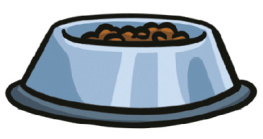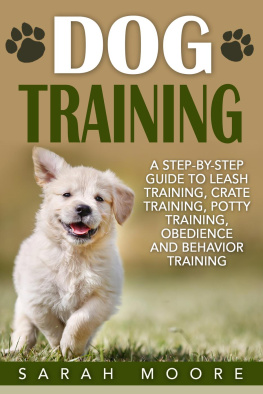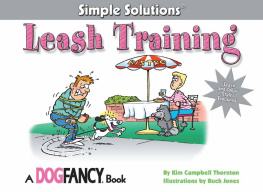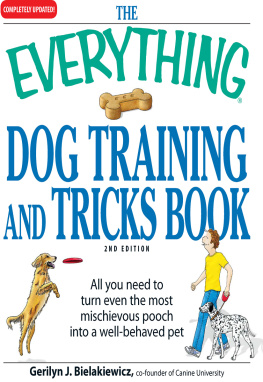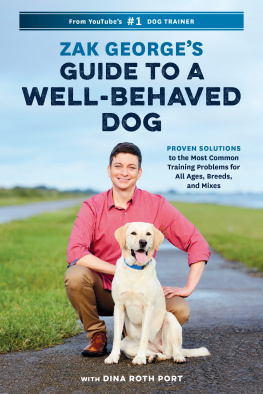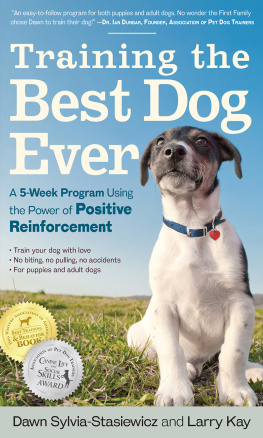THE COMPLETE VISUAL GUIDE TO
GOOD DOG
TRAINING
THE BALANCED WAY TO A WELL-BEHAVED PET


Contents
THE COMPLETE VISUAL GUIDE TO BASIC COMMANDS FOR GOOD DOGS

The Balanced Way Means Using a Variety of Effective Training Techniques Developed Over 35 Years
The Balanced Way Starts with Good Walking So the Dog Pays Attention to You
Keep Your Dog Safe and Close You When You Stop
The Ironclad Method to Keep Your Dog Where He Should Be
The Tried-and-true Technique to Get Your Dog to Come to You in Any Situation
Teach Your Dog to Relax to Promote a Calm Personality
The Balanced Way to Keep Your Dog Happy and Comfortable When Youre Not Playing
Everyone Needs a Little Downtime
The First Big Steps Toward Off-leash Training
Training Your Dog to Return from Farther and Farther Away
THE COMPLETE VISUAL GUIDE TO TRICKS FOR A GOOD DOG

A Silly Stunt That Always Gets Laughs
A Fun Way to Introduce Your Dog
Show Off Your Dogs Agility
Fun and Silly Play With Your Dog That Will Impress
An Exciting and Athletic Move for Smaller Dogs
Section 1
THE COMPLETE VISUAL GUIDE TO BASIC COMMANDS FOR GOOD DOGS


The Balanced Way Means Using a Variety of Effective Training Techniques Developed Over Fifty Years
My father Arthur Haggerty, known as Captain Haggerty, was described as the person who legitimized dog training as a career. At one point he was the most famous dog trainer in the United States. I grew up working with him. I watched as he honed his techniques and developed new ways to convince and coax dogs to do what they are asked. His techniques come from an acute understanding of how dogs react, what a dog is thinking, and how to break down the lessons into small, smart and effective exercises dogs can understand. His methods have been widely adopted. Ive taken his vast knowledge and wide range of techniques and expanded on them in the same way he was constantly improving them himself. The ones we use today have been developed and refined over the past 50 years, which is why they are so effective.

We call our method the balanced way because it doesnt limit its techniques to one school of thought. We tell the dog what he or she is doing well as well as what they are doing wrong. Some trainers dont discipline. They say you can simply ignore bad behavior. However weve found that this leads to badly trained dogs or owners giving up on the training because it seems endless and going nowhere. In our school, we give praise when the dog does something good. In fact, we give a lot of praise, almost surprising them so they remember. We also give the dog corrections, which are ways of saying, Hey. Stop that in terms a dog understands. This means we correct the dog with a verbal, No! but also pull them off balance with the leash. Its almost like a shove that says, Pay attention to me. Its the same way a mother dog pushes around her pups, which is why its effective. For some people this seems mean, but it isnt if properly done. To test this, take your dogs collar (flat-buckle or chain) and wrap it around your forearm. Give it a good fast pull. It needs to be firm but fair to be effective. You will be controlling your dog physically in a way that gets the dogs attention without hurting them. If you come to one of my classes, you will see that none of the dogs wince or get hurt. At the same time they pay attention and start acting and doing what you ask before the end of the class. Almost everyone in my classes who has ever been anxious about the corrections becomes a convert as soon as they see their dogs reaction.
The balanced way will train your dog well, quickly and correctly. Weve found that no other method is better. Our training carries over to your dogs personality and upbringing. When your dog learns basic commands, he or she becomes a better, calmer and happier dog. It gives dogs purpose and understanding.
WE GIVE THE DOG PRAISE INSTEAD OF CANDY
We generally dont use treats for training. We find treats make the dog listen only when you offer food. Also they are doing things for the wrong reason. They are working for food rather than working for you, which means they will start loving the food rather than loving you. Put it another way: if you gave a young child a treat for everything he did, hed start to expect a treat every time he did something. Worse, he might stop acting properly and not pay attention to you to get even more treats. Now his goal is to get more food, not to make you happy. Remember your dog wants to please you. Its probably one of the reasons you love him or her. We praise dogs when they do well and the dogs love it and like earning it. Again, this is part of the balanced way weve developed and refined over many years. I should admit we use treats for some dog tricks; its like a special occasion and adds to the fun. As long as treating is the exception, your dog will pay attention to you.
THE RIGHT EQUIPMENT IS IMPORTANT
I have included a list and photos of the different types of collars and leashes we recommend, see . A chain collar is recommended for medium and large dogs, 30 pounds and up. I dont recommend using a harness. Harnesses tend to teach the dog to pull rather than follow. All the classes can be done with a regular collar but they are more effective with the collars recommended here. Youll be surprised by the difference.

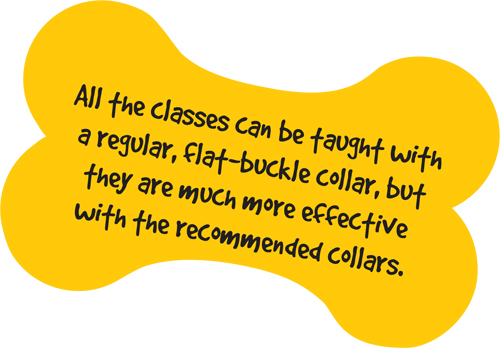

TRAINING YOUR DOG TO ACT LIKE A PRINCE OR PRINCESS
This all sounds so scientific, but in reality dogs are big, fun personalities, and we are trying to influence them slightly and specifically with each lesson. This doesnt mean taking their great personalities away. It means teaching them to live in a house with humans instead of out in a pack hunting for food. Each dog is different and needs a different type of lesson. Each takes different amounts of time to master a lesson and struggles with different parts of the lesson. However, most dogs share a desire to be loved and taken care of, like most people. We want to make sure we harness this desire and expand it, not exploit it and dry it up. That means we have to be smart as well as patient.
Next page

